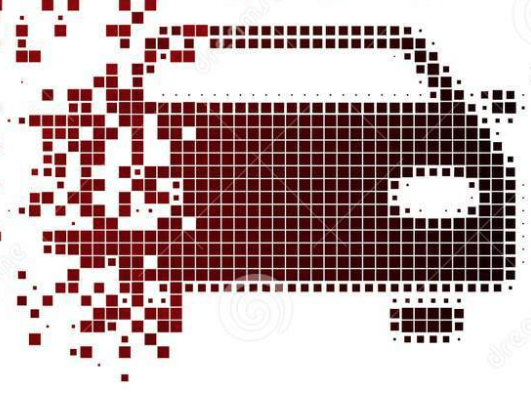Film grain: the power of nostalgia


First things first, let’s make clear the difference between film grain and digital noise.
In a nutshell, noise is interference that comes from a digital sensor, whereas grain is texture that comes from an individual stock of analogue film. Two very different things!
The amount of grain depends on the speed and size of the film stock and the amount of light being used — the higher the speed of the film, the more pronounced grain will be. Noise, on the other hand, can appear by raising the exposure or stretching the camera beyond its natural dynamic range. It can’t handle what you’re throwing at it!
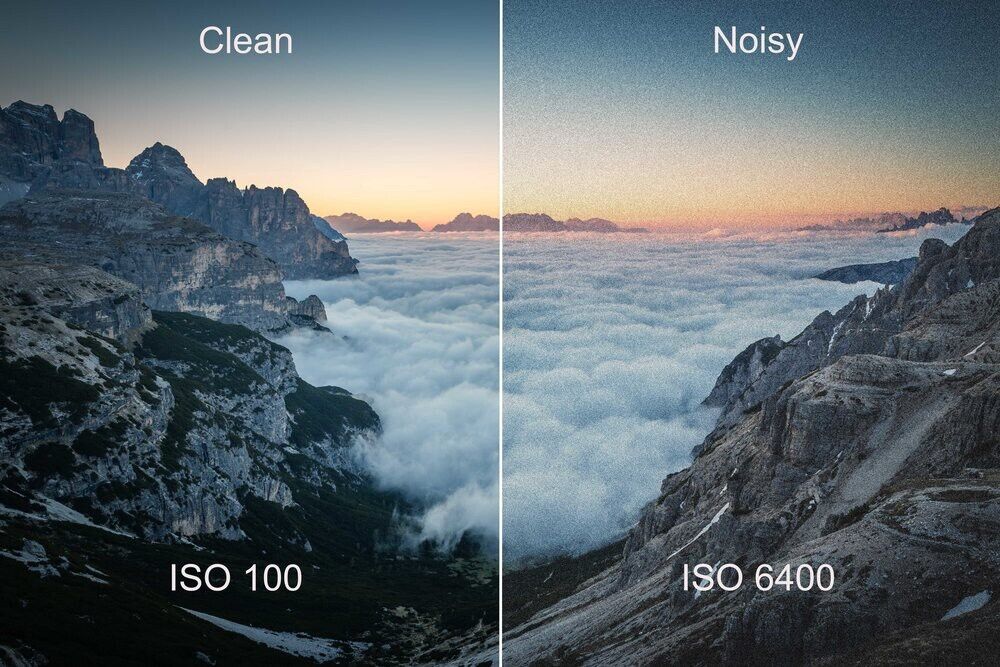
You’ll find a similar comparison in the world of sound. Noise is like the horrible hiss you get from your speakers being too loud, whilst grain is like the texture you get when a needle softly caresses the vinyl on a record player. Who doesn’t love that sound?!
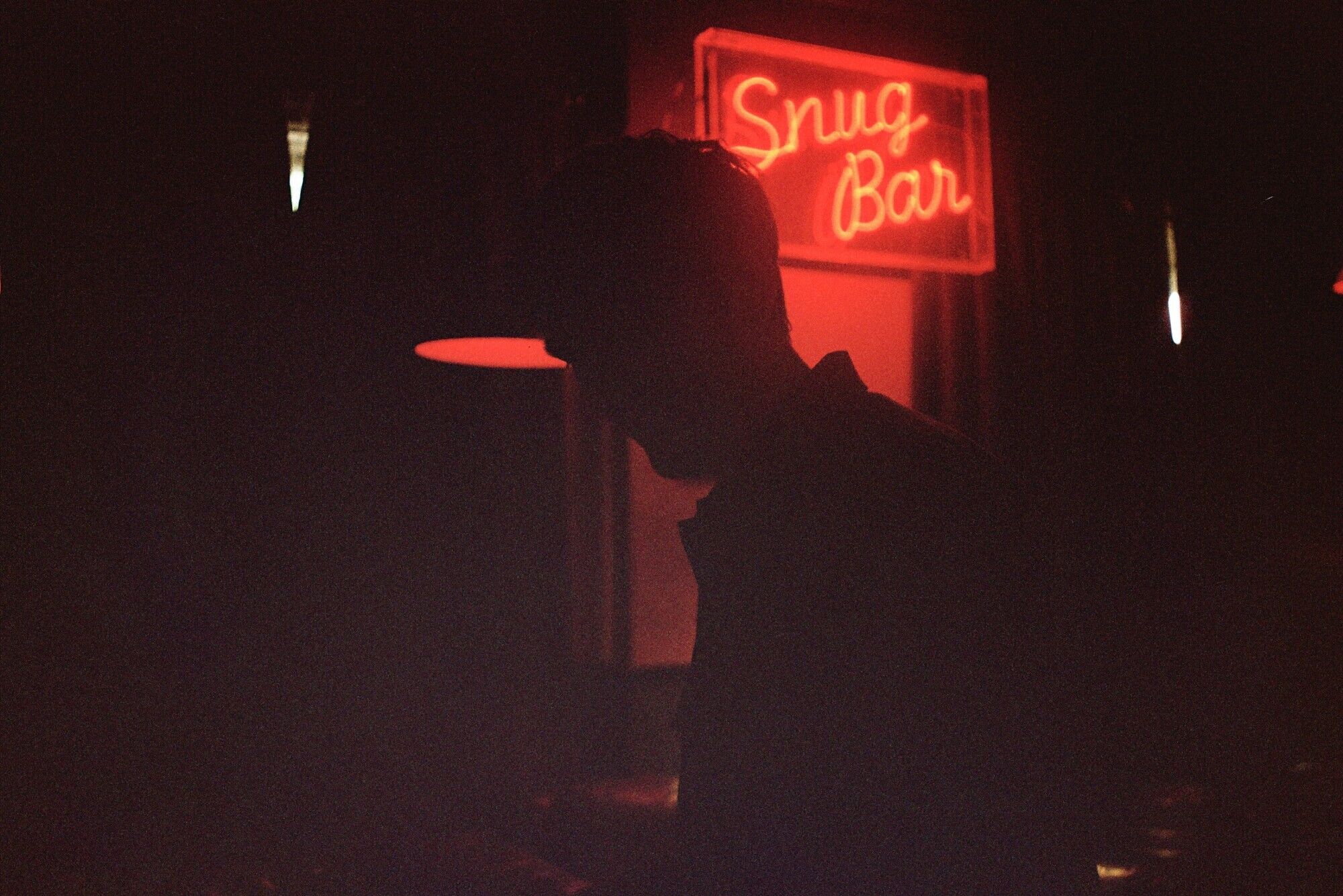
For one of our recent shoots with Ampify, we had the pleasure of experimenting with different mediums, including Super 8mm film and 35mm photography.
Knowing that I was going to be working with both film and digital photography on the shoot, I wanted to make the differences in the two less distinguishable — emulating the look of 35mm in digital. I was quite keen to put my trusty Sony a7S to the test to see how adding grain in Lightroom would feel in comparison to the natural grain I got from PORTRA 800 and Kodak Ultramax 400 film stock.
There is inherent grittiness to anything shot on film—the grain is much more pronounced, giving the overall product a genuine texture that is somewhat nostalgic. It was something we took into consideration when putting together our mood board for the shoot. We wanted the photography to have the impact of a memory — something that cuts through the noise and is more personal and sentimental: capturing a moment.


Although the advancements of technology have allowed us to progress our skill-set, there is still something about that stylistic film look that seems so relatable. Our nostalgia has become an aesthetic. Part of the appeal is that film grain gives off that vintage vibe that feels timeless.
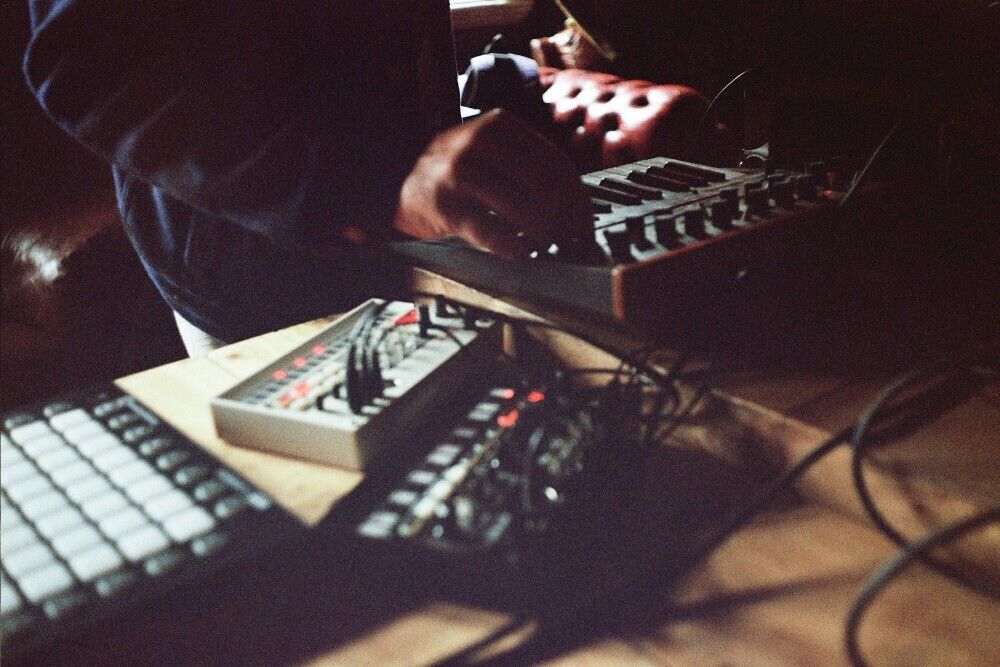
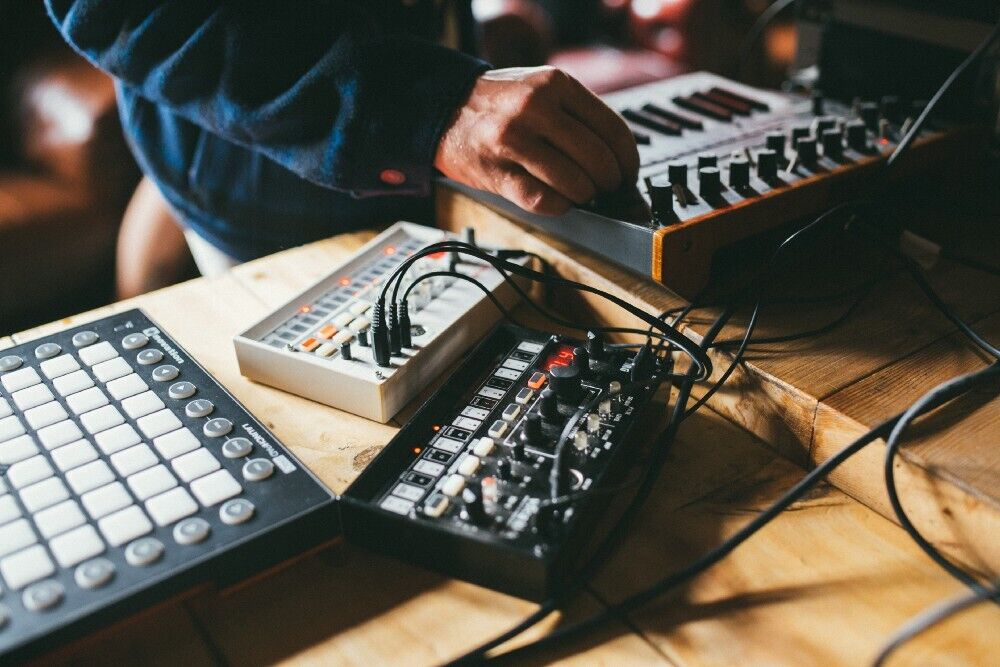
You could argue that with most modern digital cameras, the output is too crisp and sharp. It takes away the familiarity that the audience longs for in order to connect with the imagery.
One of the interesting factors of digitisation is the steep rise in nostalgia for physicality…nobody ever really talked about the smell of books until ebooks started to threaten their existence. All of a sudden, we became nostalgic for a quality that we never really noticed before.
A clear argument for the importance of film grain is not just that film is being used by high-profile filmmakers and photographers every year, but because the exact same gritty look that one would get with the format is something that people are still attempting to replicate in the digital world. Whether it’s artificial scratches or film grain plugins, the fact that these anomalies exist tells us that the look itself is still incredibly desirable. There’s no wonder why digital is trying to emulate the look of film!
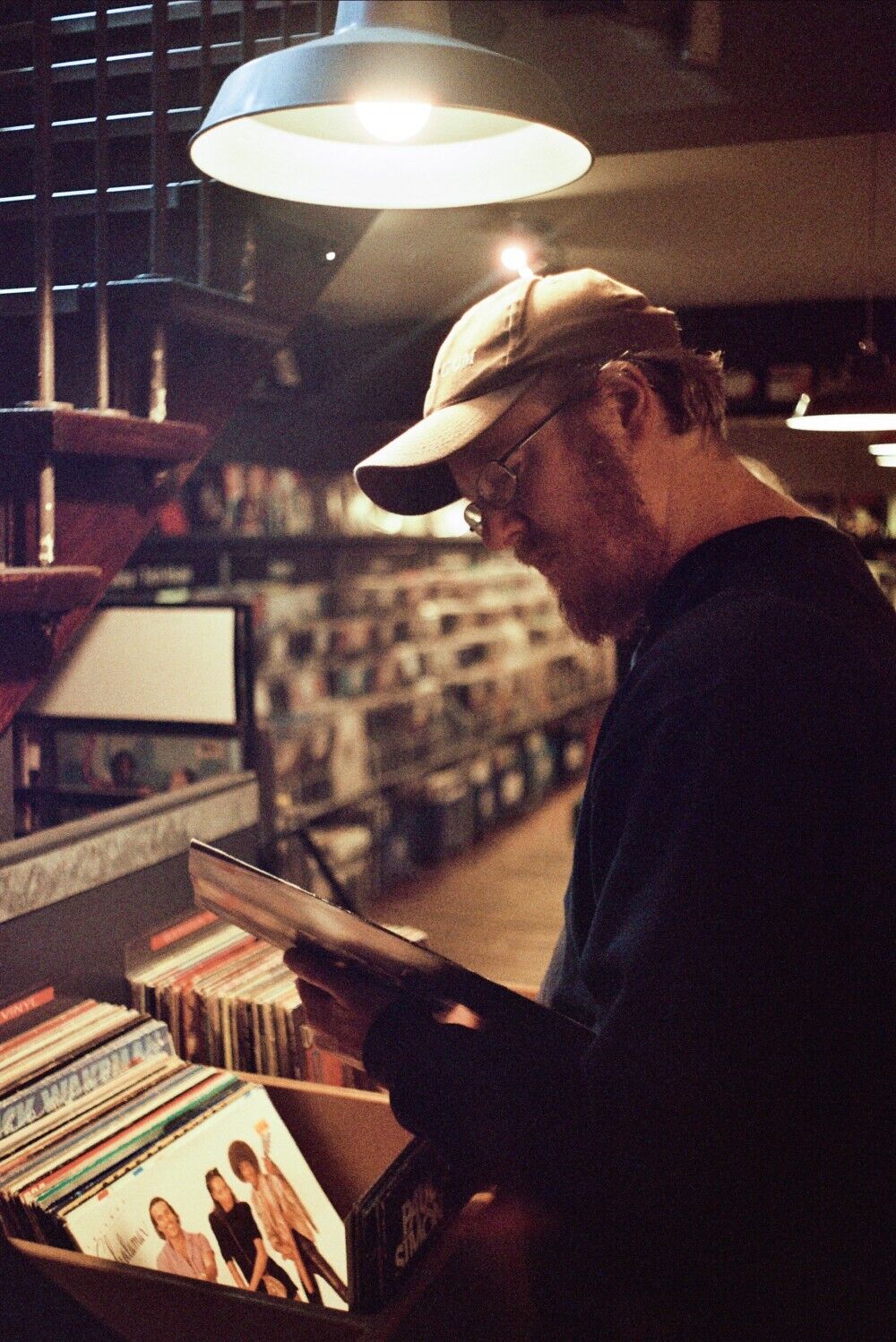
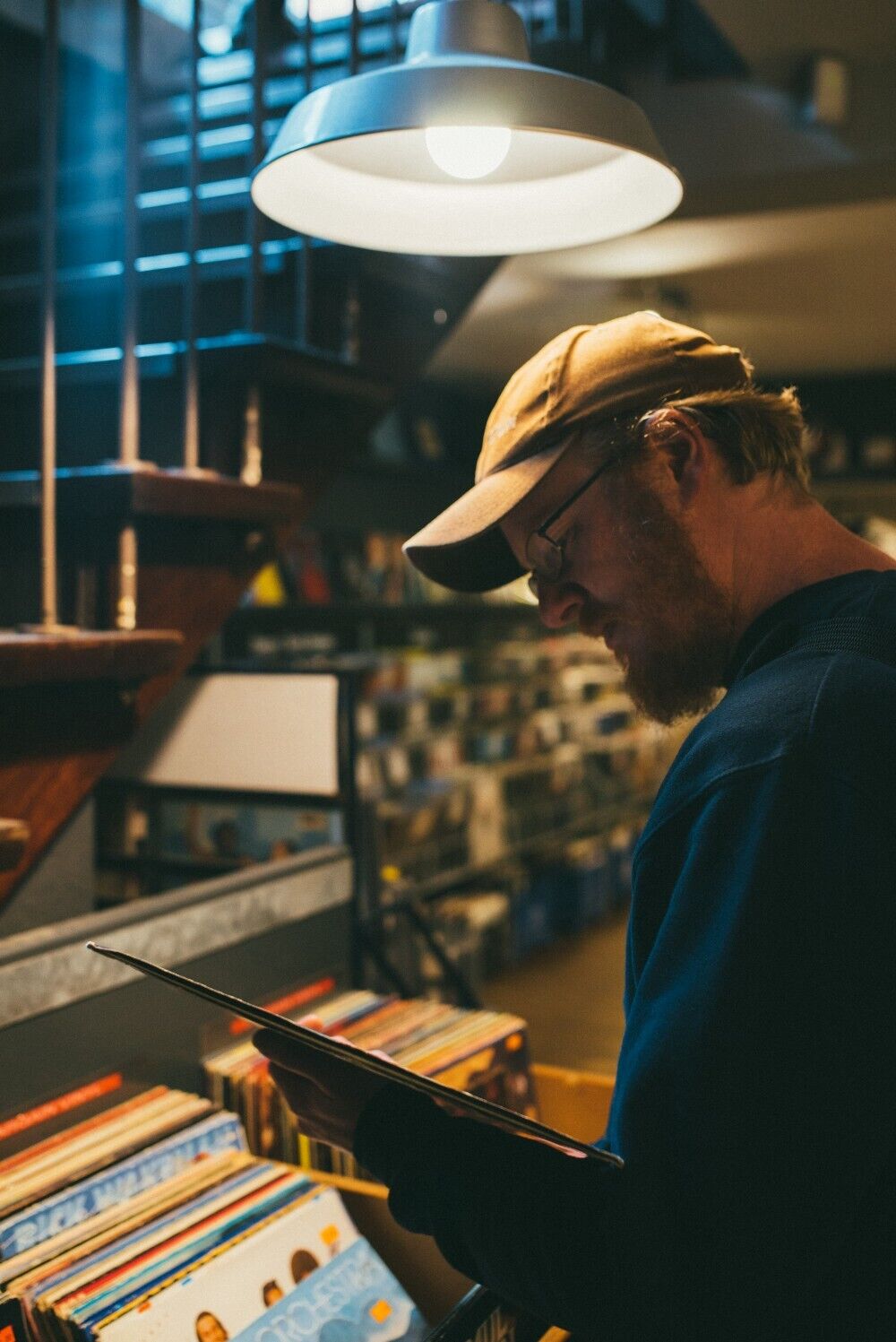
So next time you’re organising a shoot, instead of throwing fake grain over your imagery, perhaps consider experimenting with different formats. There’s something inherently attractive about this kind of imagery, which, ironically enough, is essentially a flawed image.
Järgmise korrani,
Mari


